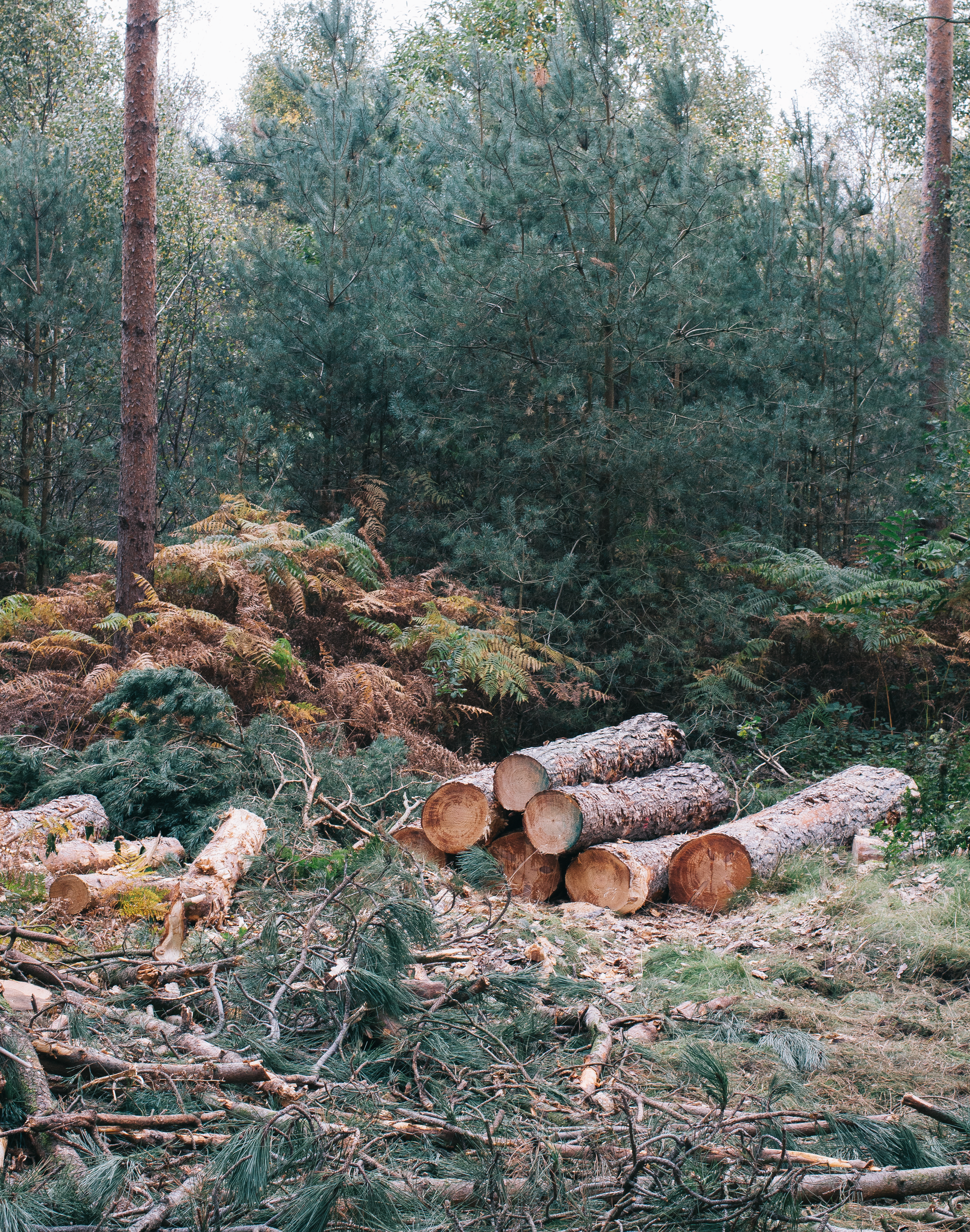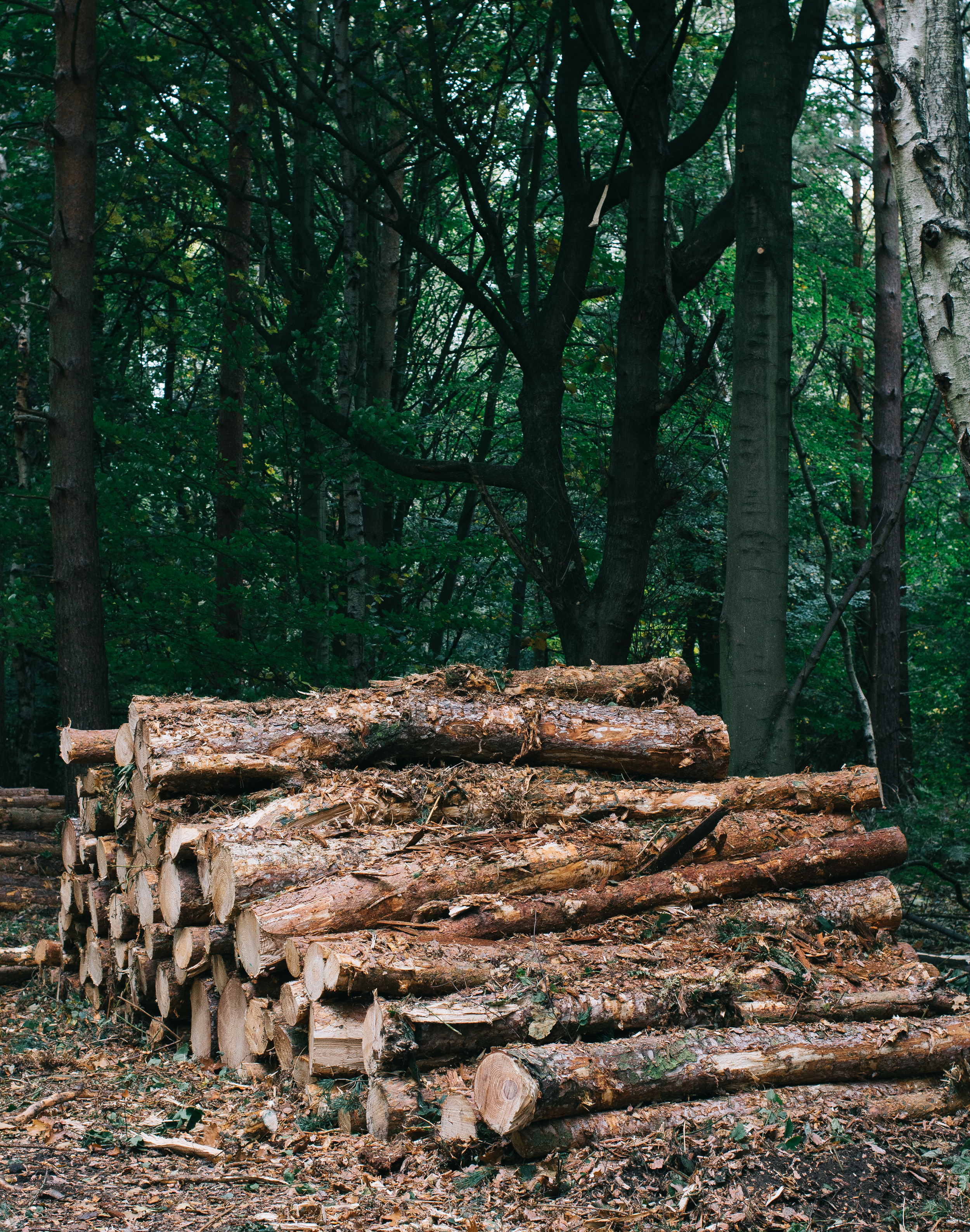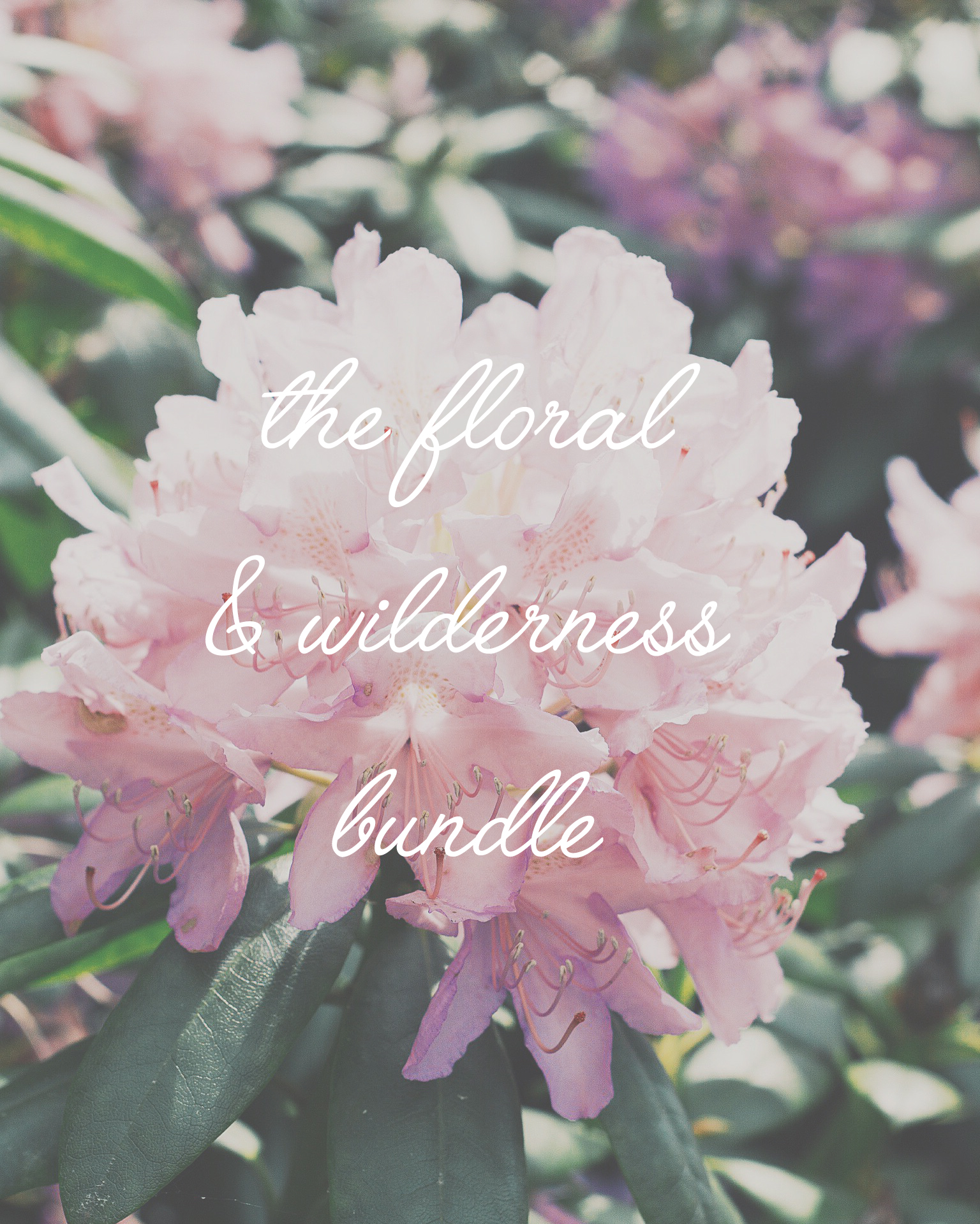Everything You Need To Know About Photographing In A/W
Whilst the blogging world might be gaga for Autumn it's a well-known fact that when those months roll around that we all struggle when it comes to taking pictures. It's taken me a really long time to figure out how still maintain high-quality light and airy imagery all throughout the colder seasons when it's dark 80% of the time and you only have a good couple of hours at best to work with daylight. But here are the best tips and tricks that I've picked up over the years to make photographing in A/W a breeze as dealing with grain the size of golf balls on your photographs is never fun.
LEARN THE LIGHT
When I was studying photography something that we got taught a lot about was light and how to work with it. The majority of us rely on natural daylight when it comes to our images and it's something that I will always depend on because I can't stand artificial light. It doesn't matter how good the lights are that you buy they always create an artificial cast over your images and you can never replicate natural daylight with them. Understanding and learning about light, temperatures and shadows and how they all come into play when it comes to taking photographs might not sound very exciting but it's so necessary. So for example in the summer when the temperature is very warm naturally, the light is much warmer whereas in the winter when the temperature plummets the light is naturally cooler. Then you have to try and navigate when the best hours to photograph are. Much to my dismay, the morning is pretty much a no-go as the light is so low that it's not only hard to get a room properly lit but I also find that it throws weird shadows around. So from around 11 am to 2 pm is when I find you generally get the most light to work with[on a decent weather day of course]. This is all subjective of course as things like the direction of your living space faces plays a huge roll in the way the light hits you.
GREY SKIES ARE YOUR BEST FRIEND
You might not believe it but a grey sky is a photographer's best friend. I never thought that would be the case until a lecturer explained to me that grey clouds are basically a big softbox for the sky and they diffuse any harsh shadows and create a beautiful even canvas of light. It's optimal for the sky to be a light grey, you probably know what it's like when it's super grey outside but it's still incredibly bright and that is prime photo-taking weather. And if there is anything that we have a lot in the UK it's grey skies.
INVEST IN A TRIPOD AND REMOTE
I used to absolutely hate using a tripod and a remote as I felt super confined and restricted with how I was shooting but I can't even begin to tell you how useful they are for shooting in A/W. If you use your camera in manual then you can have a super long shutter speed and use a low ISO to make sure everything is crystal clear. Then with the use of a remote, you minimise any risk of camera shake from pressing the shutter. If you shoot things like landscapes, still life or food images I cannot recommend purchasing a tripod enough. Dimmer days means you're forced to use a high ISO if you shoot handheld and that means golf sized pieces of grain in your images. And when trying to maintain a light and airy aesthetic that's not what you want. You don't have to spend a lot of money on a tripod, there are plenty of affordable options out there and the most basic tripod will give you that stability you need to capture the images you want.
DAYLIGHT BULBS CAN BE AN OPTION
Like I said, I don't like or use studio lighting but if you're desperate to have a little more of a helping hand in the lighting department then daylight bulbs can be a great option. And a little trick that I've started doing when it's a little too dim for my tripod to be my saving grace is I will turn on a light in another room and let the light flow. It sounds a little strange I know but it does work. So for example, if I'm going to be shooting in my bedroom then I will turn the landing light on and leave the door open. That way I'm getting the extra boost of light that I need but it doesn't throw off the temperature of the image or cast any strange shadows. Daylight bulbs aren't too blue or too yellow which can often be the case with regular bulbs, they are a little more expensive but they're totally worth it if you're photographing your environment a lot.
LITTLE TIPS AND TRICKS
- Create yourself a light environment, things like white card or even bedding can make a huge difference.
- Be aware of what you're photographing around.
- If shooting a flat-lay create yourself a little set up in the lightest area you can find, I used to find the bathroom a great place.
- DIY yourself a reflector using white card.
Do you have any tips for photographing in A/W?








